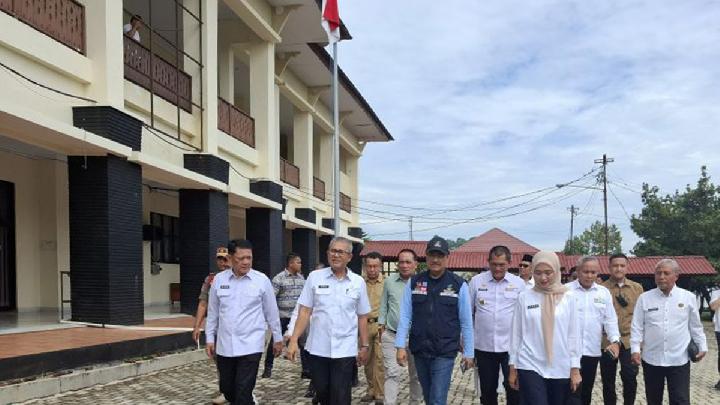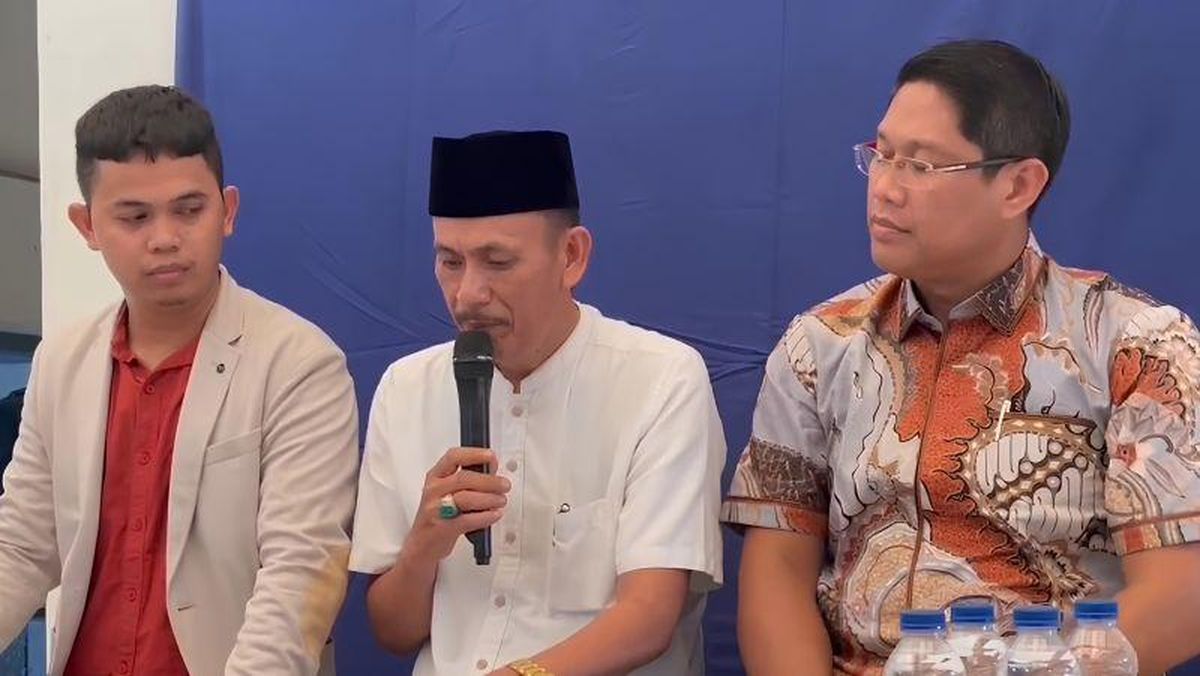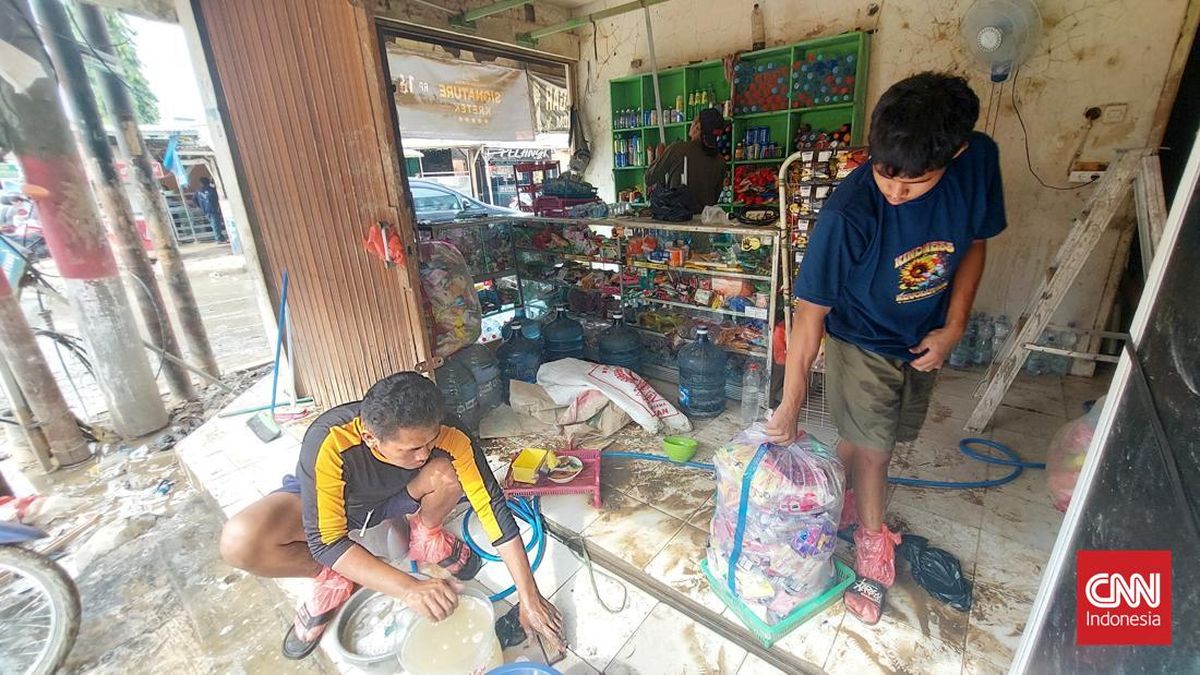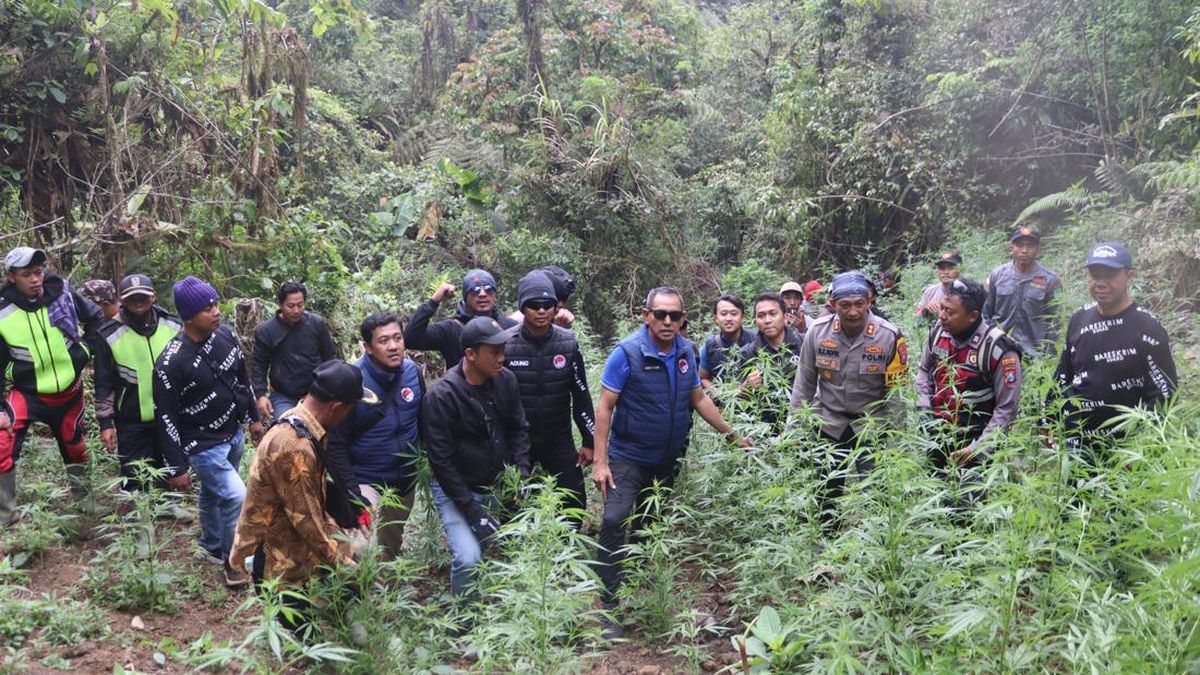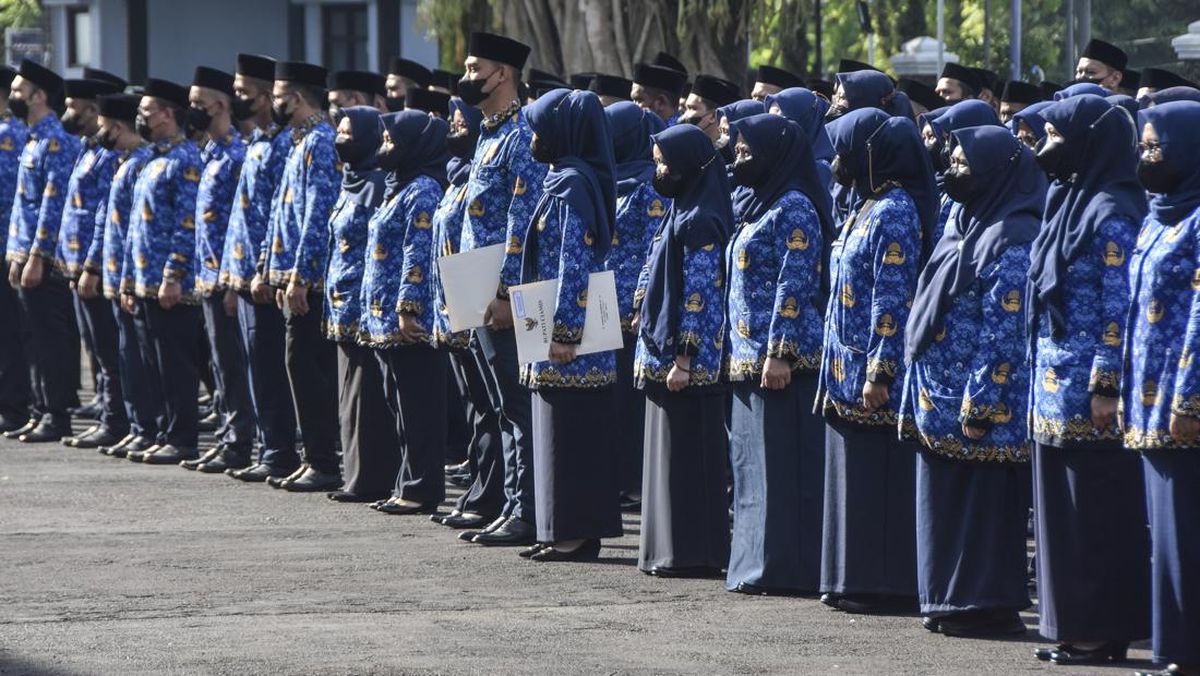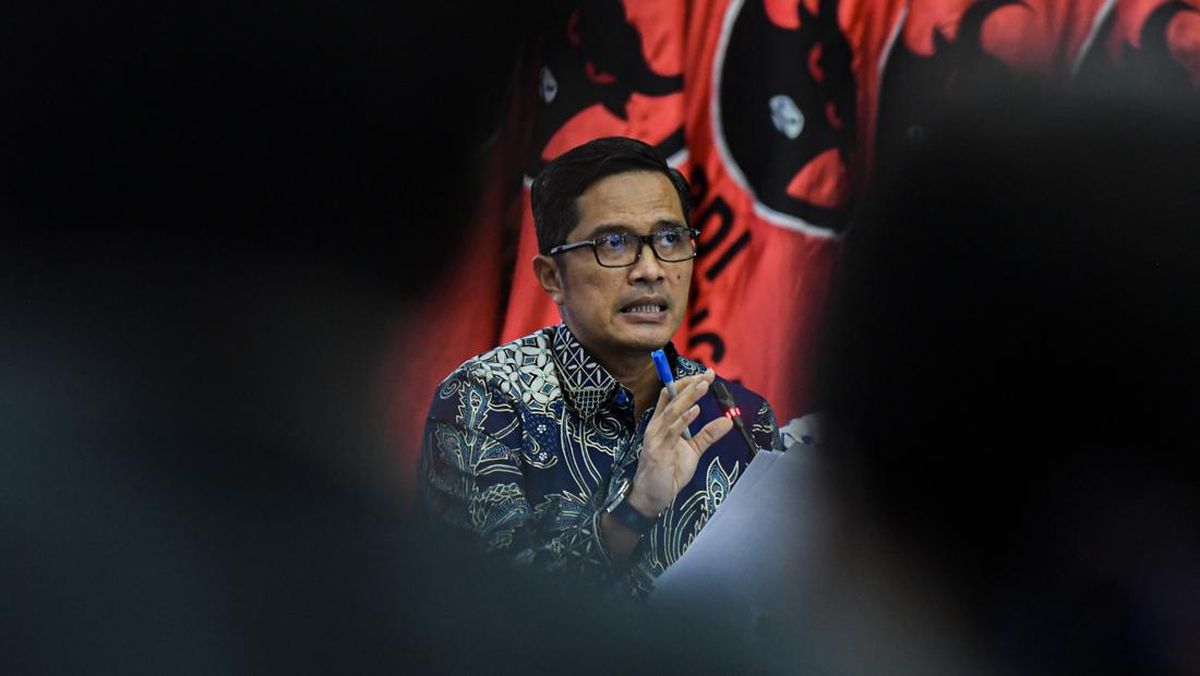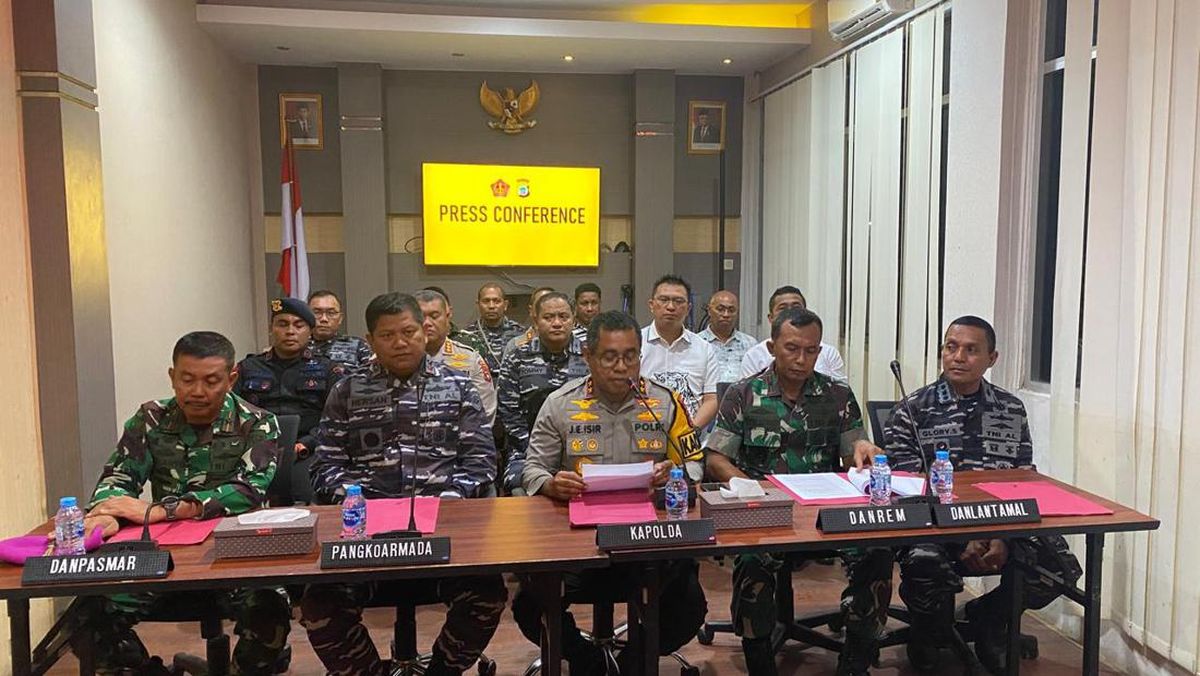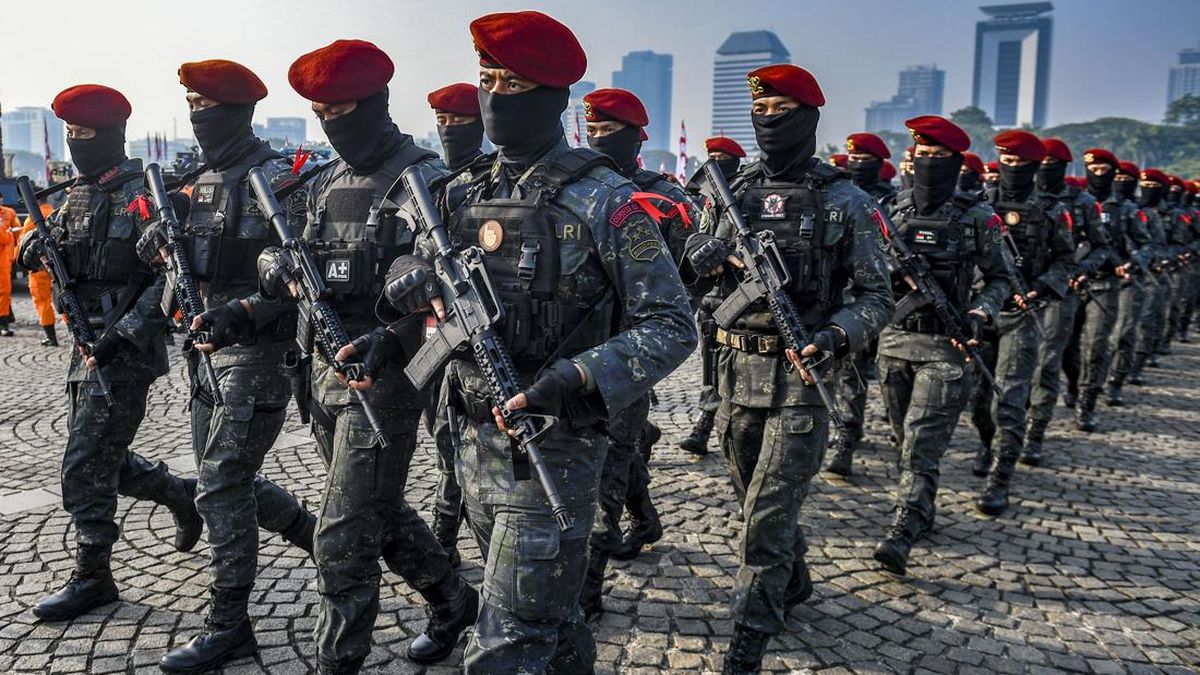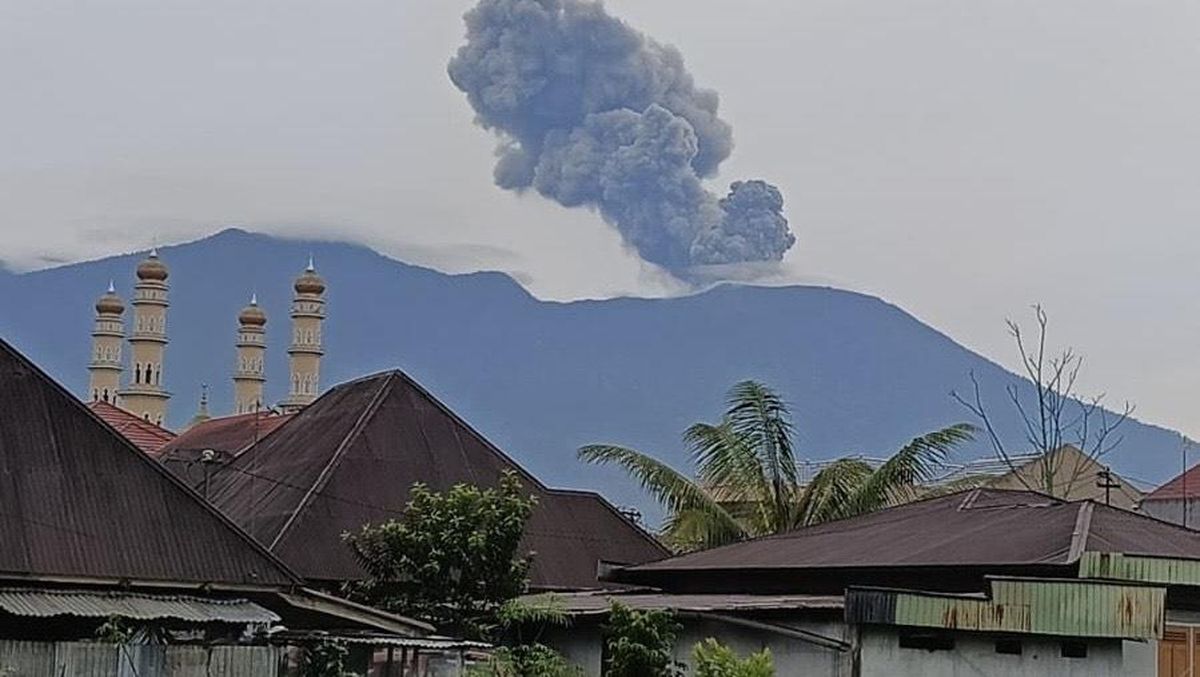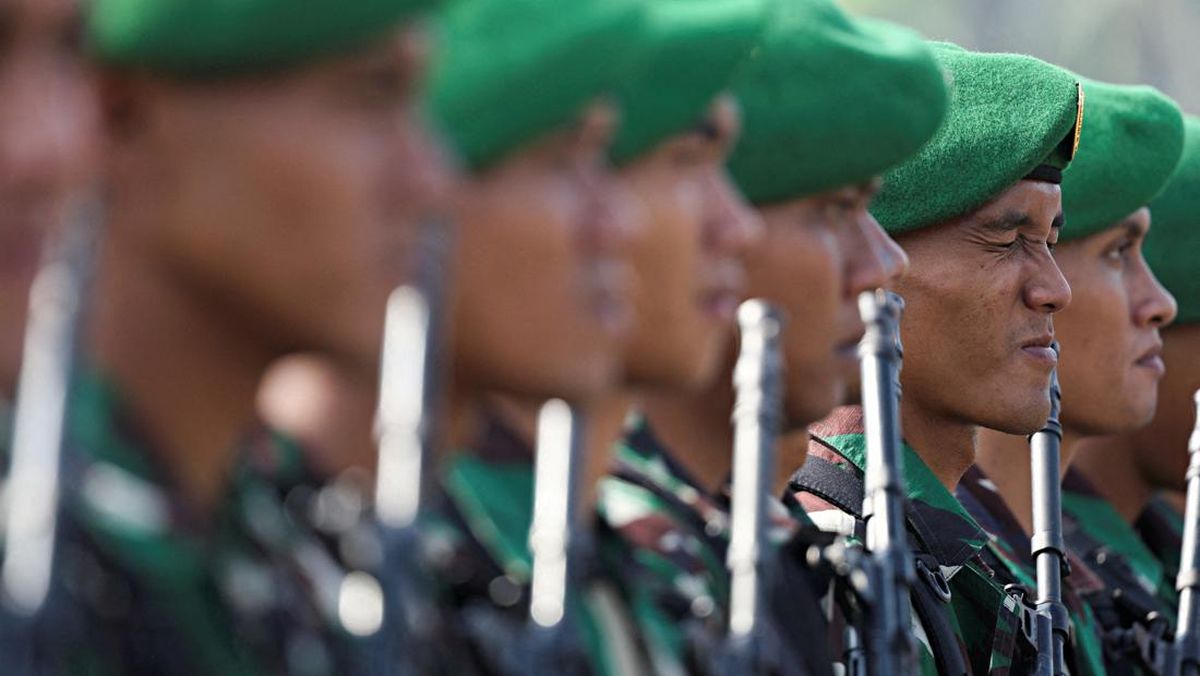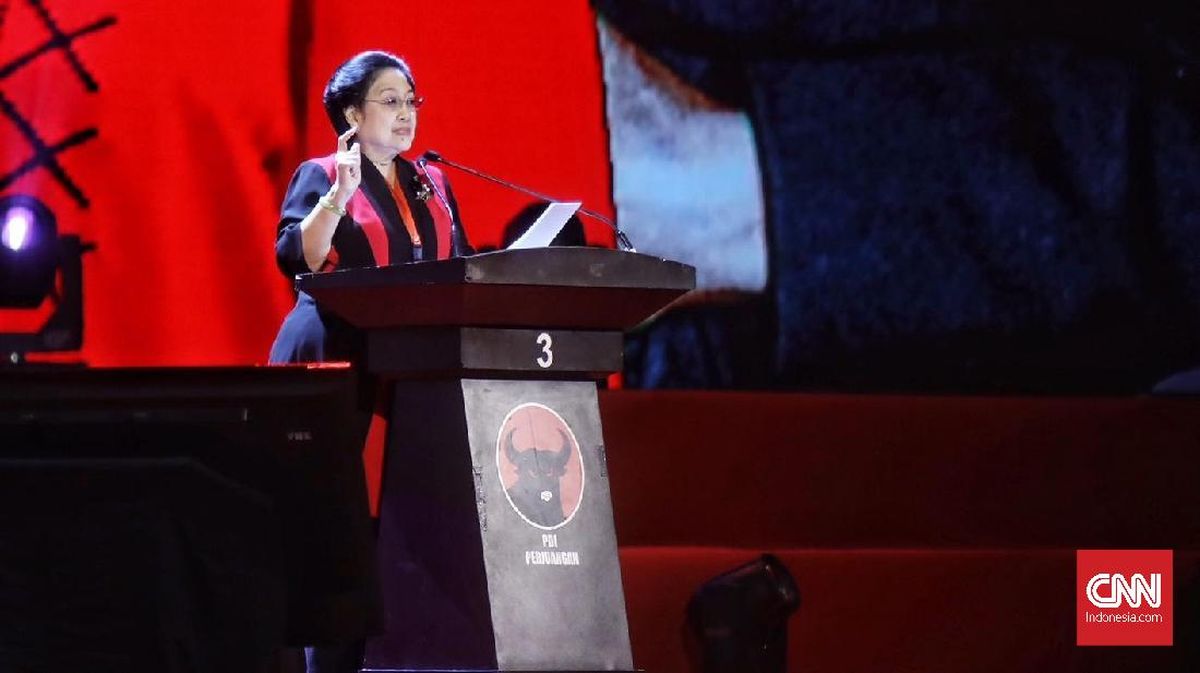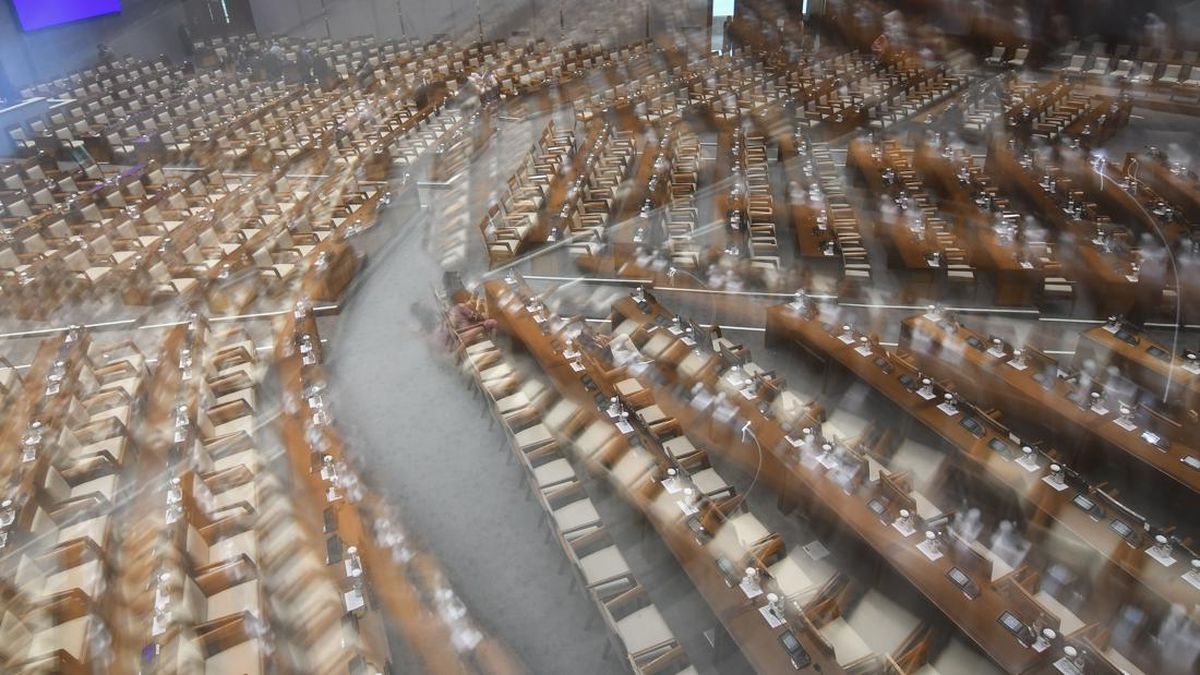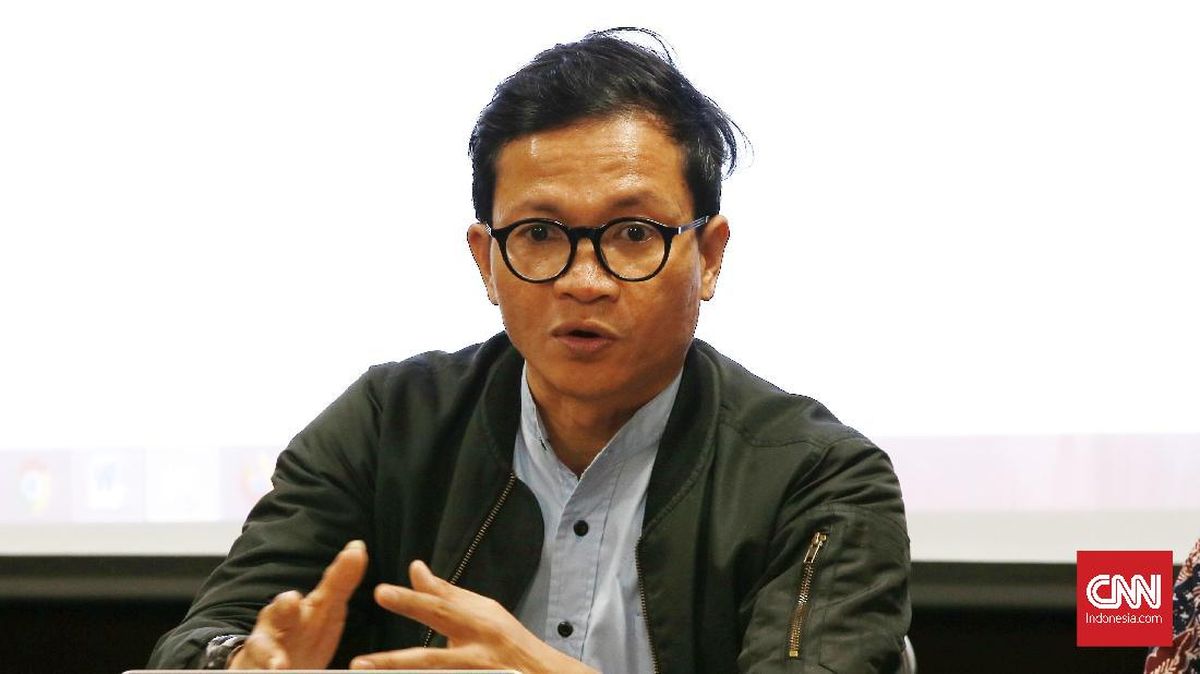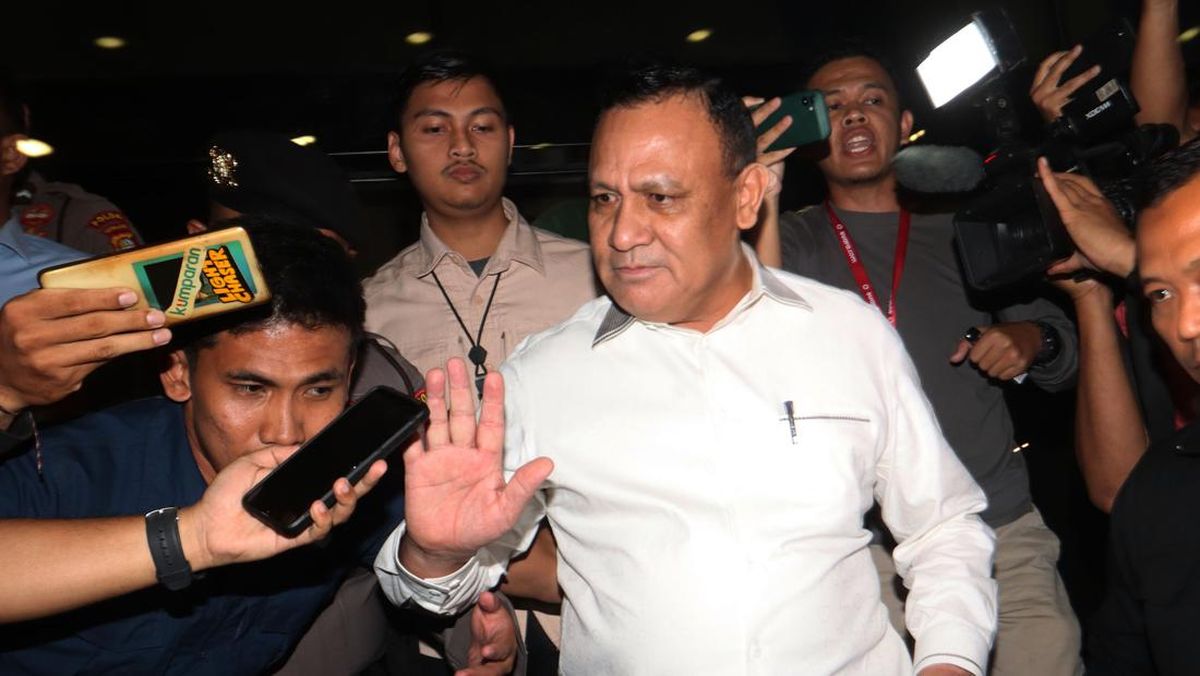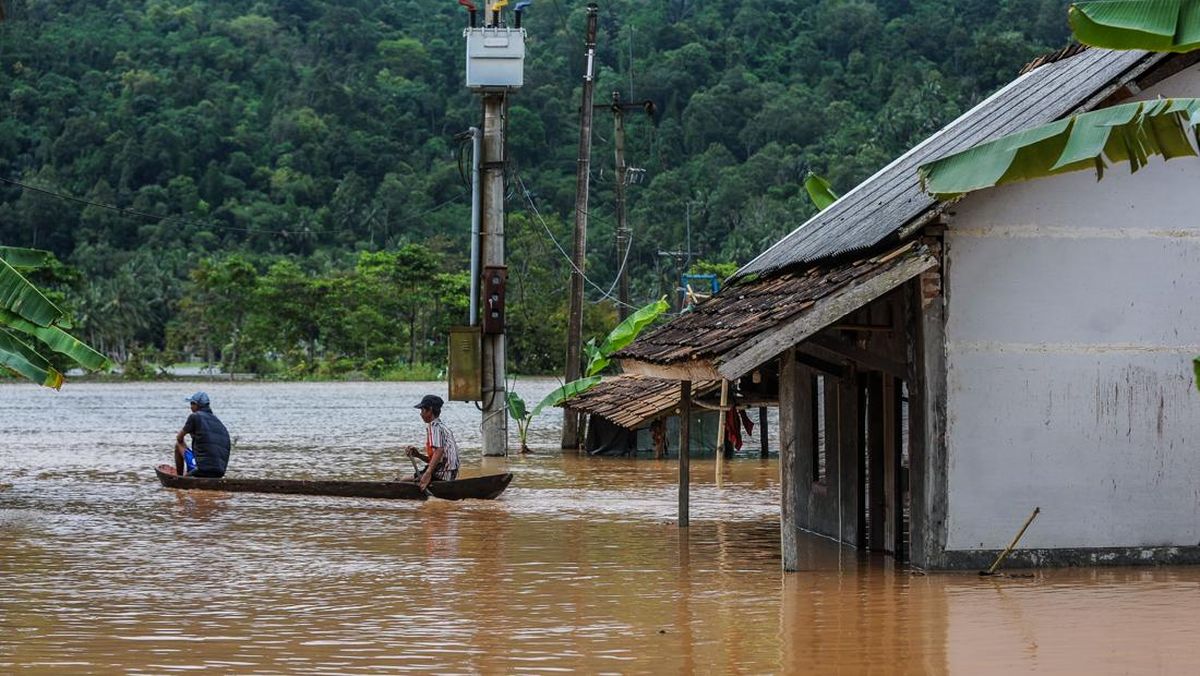TEMPO.CO, Jakarta - The Trump administration is considering merging the U.S. international aid agency (USAID) into the State Department, undertaking a major overhaul of the agency that would shrink its workforce and align its spending with Trump’s “America First” policies, Reuters reported.
Trump has tapped billionaire Elon Musk, who has led his push to shrink the federal government, to oversee the project. On Sunday, Trump said USAID was “run by a bunch of radical lunatics, and we’re going to get them out,” while Musk called it a “criminal organization” without providing evidence and said it was “time for it to die.”
What is USAID and how is it funded?
USAID was founded in 1961 by Democratic President John F. Kennedy at the height of the Cold War with the goal of better coordinating foreign aid, which had become a key plank of U.S. foreign policy in countering Soviet influence.
The agency currently manages about 60 percent of U.S. foreign aid and disbursed $43.79 billion in fiscal 2023. Its 10,000 staff, about two-thirds of whom are based overseas, assist about 130 countries, according to a Congressional Research Service report this month. USAID is funded by Congress, based on administration requests.
The CRS says USAID helps “strategically important countries and countries in conflict; leads U.S. efforts to alleviate poverty, disease, and humanitarian needs; and advances U.S. commercial interests by supporting the economic growth of developing countries and building their capacity to participate in world trade.”
Its largest recipients of aid in 2023 were Ukraine, Ethiopia, Jordan, the Democratic Republic of the Congo, Somalia, Yemen, Afghanistan, Nigeria, South Sudan, and Syria.
How much does the U.S. spend on aid, and how does it compare?
In fiscal 2023, the United States provided a total of $72 billion in aid worldwide, accounting for about 42 percent of all humanitarian assistance tracked by the United Nations in 2024. The funding covers everything from women’s health in conflict zones to access to clean water, HIV/AIDS treatment, energy security and anti-corruption work.
In recent years, U.S. aid spending has been about 0.33 percent of GDP, according to a September report by the Brookings Institution. It peaked at 3 percent of GDP in the 1950s with the Marshall Plan to rebuild Europe after World War II. During the Cold War, it ranged from 1 percent to less than 0.5 percent.
Although the United States provides more official government aid than any other country, its contribution as a percentage of national income ranked among the lowest among wealthy nations in 2020, according to figures from the Organization for Economic Cooperation and Development.
In 2023, Norway topped the list at 1.09 percent of gross national income, while the United States was second at 0.24 percent, along with Slovenia, the Czech Republic and Spain.
Is support for foreign aid bipartisan?
According to Brookings, Democratic administrations and lawmakers have historically been more supportive than Republicans, but every postwar president, both Democratic and Republican, has been a strong supporter of foreign aid — except Trump.
The report notes that a proposal by the first Trump administration to cut the U.S. international affairs budget by a third was rejected, as was an effort to delay congressional consideration of additional foreign aid legislation in 2024. And in a bipartisan vote in June, 80 percent of the Republican-led House of Representatives rejected an amendment to remove foreign aid from the fiscal 2025 budget.
Who has been running USAID?
Under former President Joe Biden, USAID was run by Irish-American diplomat Samantha Power, a self-described idealist who served as UN ambassador under Barack Obama.
Her top priorities under the March 2023 Policy Framework are the climate crisis, stemming the tide of authoritarianism, and promoting inclusive economic growth and equal opportunity.
In an interview this month, Power highlighted USAID’s role in projecting U.S. soft power.
“The best evidence of USAID’s contribution is the surge of PRC and Russian-backed propaganda that slanders USAID and our work around the world,” he said, using the initials of the PRC’s official name, the People’s Republic of China.
Trump’s opposition and fallout
In an executive order on Jan. 20 announcing a 90-day suspension of most foreign aid, Trump said that “the U.S. foreign aid industry and bureaucracy are inconsistent with American interests and in many cases antithetical to American values.”
“They serve to undermine world peace by promoting ideas abroad that are directly opposed to harmonious and stable relations within and among nations,” he said.
In a memo, the administration urged USAID workers to join efforts to change the way Washington allocates aid in line with Trump’s “America First” policy and threatened disciplinary action if they ignored the order.
The move has raised concerns from refugee camps in Thailand to war zones in Ukraine, where humanitarian organizations and U.N. agencies say they could face drastic restrictions on their ability to distribute food, shelter and health care.
A source familiar with how USAID works said its merger with the State Department would be a major change.
USAID has in the past been able to provide humanitarian assistance to countries that do not have diplomatic relations with Washington, including Iran and North Korea. Sometimes it has only helped build bridges, the source said. That benefit could be lost if its operations are only tied to political goals.
Editor's Choice: Elon Musk Says He Is Working to Shut Down 'Beyond Repair' USAID
Click here to get the latest news updates from Tempo on Google News












